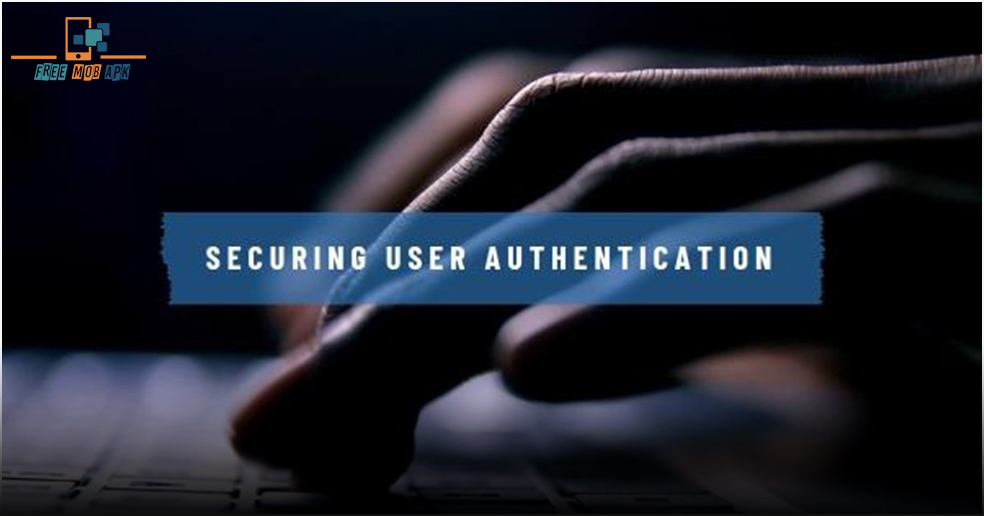Welcome to the world of web development, where user authentication security is of utmost importance. How can it not, while with it, you can create engaging and dynamic online experiences as a web developer? This power carries a heavy burden, though.
Any online application must include user authentication. The authentication ensures that only allowed users may access sensitive data. It empowers authorized agents to carry out tasks.

This piece goes in-depth on the crucial factors you should keep in mind to improve user authentication security. So gather your programming resources, and start the journey!
1. Understand User Authentication’s Importance
In the broad digital realm, user authentication acts as an unshakable gatekeeper. It distinguishes authorized users from potential dangers. Its primary responsibilities go beyond only providing access. An application like Metaverify also protects private user information. They protect your application’s integrity by preventing unauthorized access.
By placing a high priority on authentication security, you start earning your users’ trust. Worldwide, privacy issues and data breaches are common. Hence, proving your dedication to preserving user information is crucial. Robust authentication techniques are a fundamental component in building user trust.
With user trust, you’re safer, as users are more inclined to interact with a platform they trust.

Establishing seamless and user-friendly login processes can eliminate obstacles and friction that reduce user engagement. Users are more likely to enjoy themselves and stick with your business if they can easily access your platform without jeopardizing security.
Maintaining user authentication safeguards your organization’s or developer’s reputation. One security lapse can have adverse effects. A security lapse can damage your reputation and undermine user confidence.
2. Secure Password Tips
Enforcing strong password policies acts as a vital pillar for user authentication security. Giving your users the tools they need to generate secure passwords resistant to harmful hacking attempts is crucial. You can establish minimum standards for unique character usage, length, and complexity for passwords.
Users’ passwords become substantially more secure when you encourage them to utilize a mix of uppercase and lowercase letters. Emphasize the combination of digits and special characters.
Integrating password strength meters is a strategy to help users create robust passwords.
These meters offer instantaneous feedback. They display a password’s strength while users input it. Users are informed about the power of their password choices thanks to this visual representation. It also motivates them to make the required adjustments. The strategies allow users to contribute to the security of their accounts actively.

Also, informing your users of the value of avoiding obvious or simple passwords is critical. Encourage your users to prevent default paroles. These passwords make your users’ accounts open to intrusion. You could offer instructions and advice on how to come up with original and memorable passwords. These could include the incorporation of difficult-to-guess personal associations. Or, they could be passphrases.
3. How to Prevent Brute-Force Attacks
In a brute-force attack, attackers repeatedly guess usernames and passwords until they find the right combination. Therefore, implement steps to identify and stop brute-force attacks. After a predetermined number of unsuccessful login attempts, consider applying account lockouts or CAPTCHA challenges. These safeguards prevent automated assaults and guard against illegal access to user accounts.
4. How to Safe Your Site from Cross-Site Scripting (XSS) Attacks
Malicious code introduced into web applications compromises the security of user authentication. It results in cross-site scripting (XSS) attacks. So, appropriately sanitize and vet user-generated content to reduce this risk.
Use techniques for input validation and take precautions like content security policies to stop dangerous scripts from running. Protecting your application from XSS attacks prevents attackers from exploiting flaws and stealing user credentials.
5. Put Multi-Factor Authentication into Practice
Multi-factor authentication (MFA) enhances privacy. MFA integrates two or more identification components. Such factors include something the user possesses (a unique code given to their phone). It could also be something users have (a password) or something they are (biometric information).
Many factors kept the account secure with MFA, even if hackers hacked it. MFA integration dramatically lowers the possibility of unwanted access. It improves the security posture of your authentication sequence.
6. Stay Abreast with User Authentication Updates
In the constantly changing world of web security, it is crucial to stay ahead of potential weaknesses. Keep up with the most recent security updates and fixes because new security issues consistently emerge.
As a conscientious web developer, you should proactively monitor and implement security upgrades. Stay updated with relevant frameworks, libraries, and dependencies. These updates frequently include patches that fix well-known flaws
The updates can improve your application’s overall security. Conversely, ignoring these updates puts your application in danger. It puts the sensitive information and authentication information of your users at risk.

Consider joining developer forums and following trustworthy security blogs. Or you can subscribe to security mailing lists to remain updated on security warnings. These resources offer insightful information about new threats and suggested protective measures. Regularly monitor the official channels of your framework for updates. Immediately install patches to fix any known vulnerabilities.
Concluding Remarks
Create a schedule for analyzing and testing security updates before deploying them to your live system. This enables you to guarantee compatibility and ensure that the changes don’t have any unwanted effects on the functionality of your program.
You show dedication to safeguarding your users’ authentication data by placing security at the top of your priority list. So remain vigilant about keeping up with security updates and patches. This not only strengthens the security of your application but also aids in preserving the faith and trust of your user base. Remember that it’s a continuing duty; you may always be one step ahead by being proactive. You can easily detect potential risks and adequately protect your online application.

